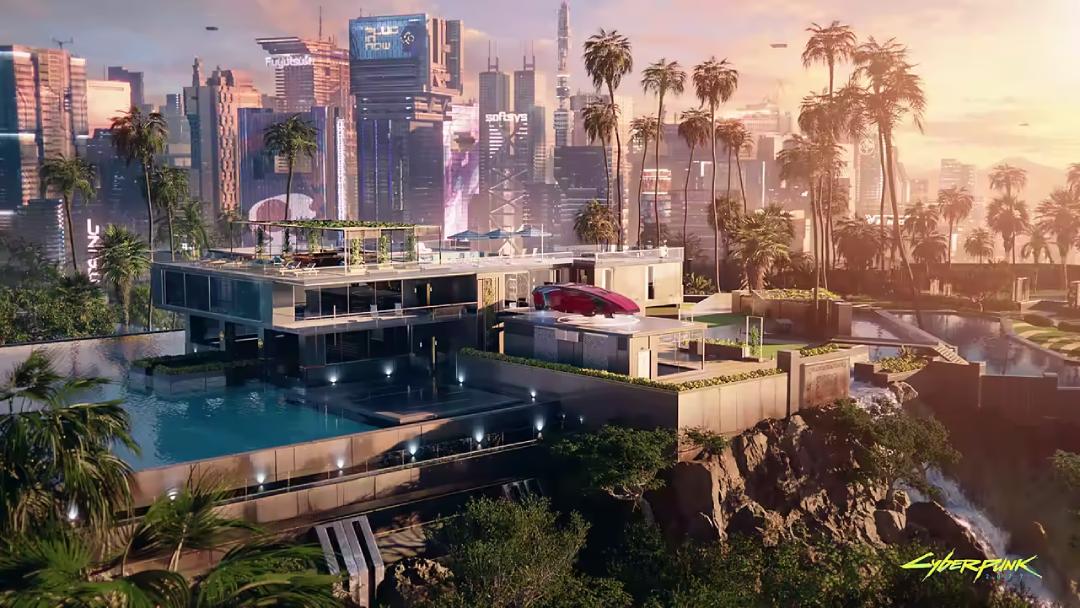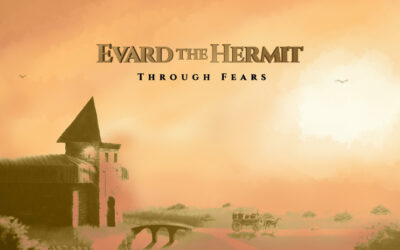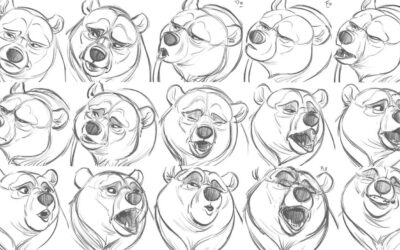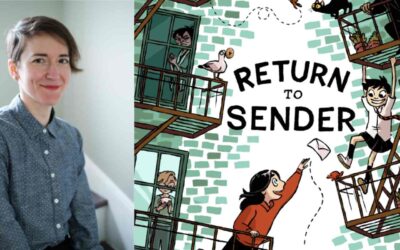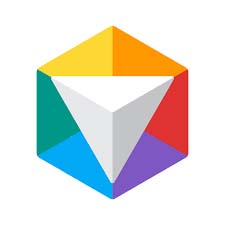
CG Spectrum is an online animation, visual effects, game design, and 3D visualization school, whose mission is to inspire and prepare industry-ready film, game, and visualization artists. Their online courses are some of the best in the industry for beginners and experienced creatives alike. Check out their website to see all of their offerings.
The below article was written by Nadia Stefyn and originally appeared on CG Spectrum’s blog.
Want to know how video games are made? This article walks through the video game development process, and in particular, the ‘pipeline’ – an industry term that refers to the process of making a video game from scratch. This is Part Two of a two-part series, so be sure to check out Part One if you haven’t already. The first part covered pre-production, and this part will cover production and post-production.
Production
Production is the longest stage of the pipeline, and it’s all hands on deck.
Ranging anywhere from 1 to 4 years, production is where the game really starts to take shape. The story is refined, assets (characters, creatures, props and environments) are created, the rules of play are set, levels and worlds are built, code is written, and so much more!
Almost everything in a video game is a conscious decision. This includes every character, environment, object, as well as the look, colors, sounds, level of difficulty, rules and point-scoring system.
However initial ideas don’t always translate so well in reality, so as the work is being done, the game is being continuously tested and refined.
Let’s take a look at the major game production milestones, and some of the key video game development jobs, keeping in mind that smaller teams will be required to undertake multiple roles, whereas a larger studio will have more staff, many of whom specialize in a particular aspect of production.
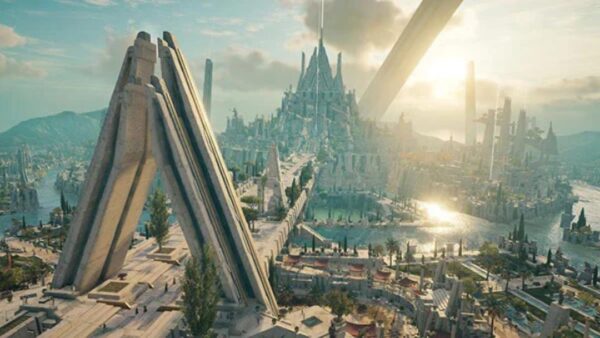
Production milestones:
There are a number of milestones to hit throughout the game development process.
Prototype: This is the initial test of the game (which happens in pre-production and is described in detail above). Some games may never make it past this stage.
First playable: The first playable gives a much better idea of the look and gameplay. While it is still far from final, placeholders are replaced with higher-quality assets, and artwork is added.
Vertical slice: A vertical slice is a fully playable sample that can be used to pitch your game to studios or investors. Ranging from just a few minutes up to half an hour, a vertical slice provides a first-hand experience of your game.
Pre-alpha: The majority of the content is developed in the pre-alpha stage. At this point in game development, some big decisions will need to be made. Content may get cut, or new elements will need to be added to improve gameplay.
Alpha: The game is “feature complete” meaning the main features have all been added and the game is fully playable from start to finish. Some elements, such as art assets may still need to be added, but controls and functionality should be working properly. The QA testers will be making sure everything is running seamlessly and reporting errors back to the team.
Beta: At this point, all the content and assets are integrated, and the team should be focused on optimization rather than adding new functions or features.
Gold master: The game is final and ready to be sent to the publishing outlet and released to the public.

Key game development roles
Game dev roles will vary depending on the size and type of studio. These are some of the common positions you’ll find.
Project manager
The project manager makes sure the game development process runs smoothly, milestones are met, risks are anticipated/mitigated, and team members are doing what they’re supposed to. They are often the centre of communication between the dev and design teams and executives. Project managers are exceptionally organized and must have excellent communication and people skills.
Game developers/programmers
Game programmers help develop games by turning design concepts into code to create fully playable games. (Read more: How to become a game programmer or the difference between game programming and game development.)
Programmers are often software engineers or computer scientists with a strong programming background, plus a combination of creativity, math skills and patience to successfully code ideas into interactive visuals and sounds. They ensure the game runs smoothly.
There are many different aspects of programming, including:
- Building a customized base engine for the game
- Scripting functions, events, interactions
- Creating physics (e.g. gravity differences in a game set in space)
- Developing and modifying 3D graphic renders
- Simulating artificial intelligence in opponents
- Adding sound effects, music, and voice-overs
- Implementing game logic and mechanics
- Creating the user interface
- Writing code specific to keyboard, mice, or joysticks
- Making it possible for players to compete or cooperate via LAN or the internet
- Developing custom tools
- Porting code between platforms
- Implementing algorithms, addressing memory requirements and caching issues
- Identifying and fixing bugs
In larger studios, you will find specialists dedicated just to AI programming for the game, or employees who only work on the user interface.
The average programmer makes USD $59,010 per year, however, a senior or lead programmer can earn in excess of USD $100,000 per year. A game programming course can equip you with the skills to get your first game programming job in the industry.
Game designers
A game designer is the creative driver of the game, and generally a cross between a writer and an artist, with some knowledge of programming.
The game design production pipeline section involves creating compelling stories, characters, goals, rules, and challenges that drive interactions with other characters, users, or objects.
Designers may be responsible for:
- Developing the storyline, character back-stories, and dialogue
- Developing gameplay, rules, and the scoring system
- Determining the level of difficulty
- Building environments, ledges, obstacles, and objects
- Level and world design
- Programming/scripting
- Digital editing
If working for a larger company, these tasks could resemble individual roles, which we’ll cover next.
According to Payscale, the average game designer salary is USD $63,838, while a lead can make in excess of USD $93,926 (depending on experience, location, size of studio, and industry). Senior and technical designers may exceed this range. Check out our Game Design Courses to get an idea of the skills needed for a job in game design. (More reading: What is game design?)
Level designers
A video game-level designer is responsible for creating interesting and fun levels. Their job is to keep the player focused on moving through the game and achieving their goal or mission while reducing the potential for confusion.
Because games are far more complex than they used to be, it’s common at larger studios to find game designers dedicated just to level design.
Level designers take inspiration from the concept art, photo reference, and GDD to sketch believable maps and create physical models of levels.
Depending on the type of game and whether it is based on actual events (such as a WW2 battle), they may need to learn all about a particular period of history and research actual locations to ensure the level is realistic and believable. If the game is adapted from a book or movie, they’ll need to read/watch the original and look for clues. If the world is entirely fictional, they’ll need to use their creativity and draw inspiration from the concept art provided.
Then using a level editor (software used to design levels and maps), they build the levels, stages or missions. Their job can also include things like planning start and exit locations, determining where tunnels and hidden passageways will be, places where interactions or dialogue will take place, monster spawn points, trigger points where certain actions will take place, and much more.
Level designers are responsible for identifying and fixing bugs, such as players falling out of bounds or getting stuck and not being able to get out. The challenge with video games is that once the game is released, it is out of the designer’s hands. The player can interact with the worlds in unexpected ways, bringing to light bugs which had gone unnoticed during development.
The level will likely see several versions before becoming final.
A level designer can earn on average USD $56,884 depending on studio and location. Senior or more experienced designers can demand a much higher salary.
If you’re interested in becoming a level designer, the Game Design Course teaches the process of turning concepts into prototypes, how to make a level fun, ensure your level is visually interesting, incorporate storytelling, and build and script your level in a game engine.
Game artists
Game artists can include concept artists, animators, 3D modelers and FX artists.
This group is responsible for bringing color, movement, and life to the game.
While a concept artist is mostly active during pre-production when they’re designing the initial look (typically in 2D), they may be brought in again later in the game development process if new elements are added or the game changes course.
A 3D concept artist (which could be the same artist) uses digital sculpting software like ZBrush, Maya and Photoshop to create 3D props, assets and environments. They’ll also add textures and details.
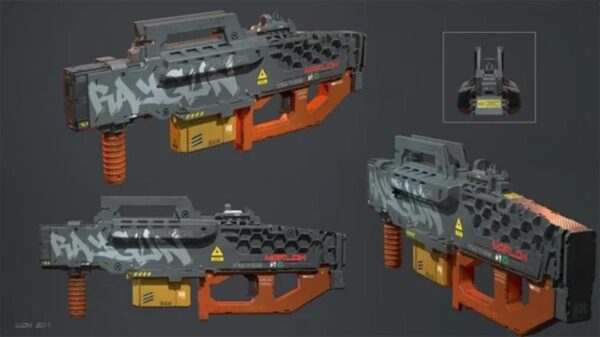
3D modelers
3D modelers create models of people, objects, props, weapons, and environments which can then be textured and animated as needed. Modelers need to know how to gather and use high-quality reference materials, especially if they’re replicating real objects (e.g. an AK-47, Buzzard Attack Chopper, the Eiffel Tower, etc).
Modelers may use photos of the objects they’re creating, or drones if the object is much larger and they need an aerial view. If the game is all fantasy, they’ll need to reference the concept art and use their imagination to come up with something new and unique. (More reading: What is 3D texturing? 3D Modeler Career Pathway)
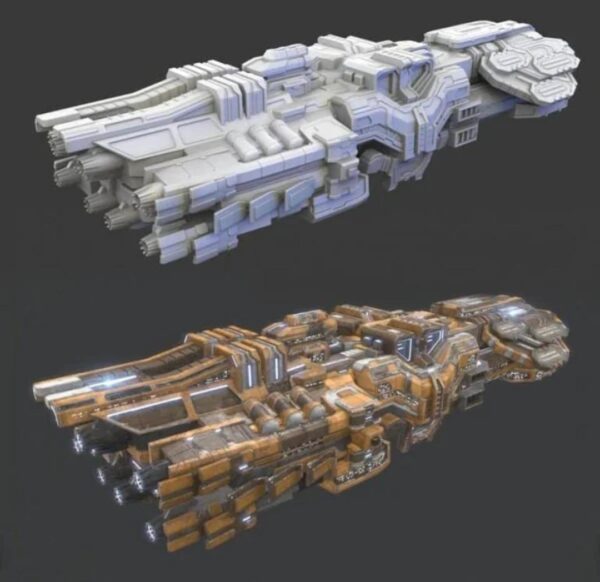
Game animators
Game animators add depth and realism by adding believable movement to characters, objects, and environments. They’ll create storyboards and map out key animation scenes that align with the game’s storyline.
Animators often need to conduct lots of research (e.g. observing how animals behave and interact with others if working on an animal-based game). Motion capture data can also be used to help create more lifelike animations.
FX artists
FX artists give players a more immersive and entertaining experience by adding stunning effects such as explosions, smoke, fire and liquid simulations, and weather events such as rain, lightning, blizzards, etc.
Game FX artists tend to use software such as Houdini FX or Maya, but should also have experience game engines such as Unity or Unreal Engine 4.
Audio engineers / sound designers / composers
The sound experts develop realistic sound effects, record voice-overs/dialogue between characters, and create soundtracks that set the mood for players, adding suspense or audio cues (e.g. opening music, menu pause music, marking a victory, etc).
QA (quality assurance) / video game testers
Video game testers are essential in the game development process! These people test games, look for bugs and ensure the game runs smoothly and instructions are clear for players. They report errors to the dev team in what’s sometimes known as a bug sheet.
Additional roles
Besides the game development roles mentioned above, larger studios may have the capacity to bring on a number of additional specialists, such as:
- Quest designers
- Combat designers
- Writers
- Interpreters and translators
Later in the game development process, the product team plays more of a role, helping to handle the marketing and distribution of the game.
Post-production
Once production is complete and the game has shipped, the game development process continues with some team members being relegated to maintenance (fixing bugs, creating patches) or creating bonus or downloadable content (DLC). Others may move onto the sequel or the next project.
A post-mortem or debrief may be held to discuss what worked/didn’t work and determine what could be done better next time. All the design documents, assets and code are finalized, gathered and stored, in case they are needed in the future.
Additional game development resources:
If you want to make video games, understanding the game development process is essential.
Regardless of where your role sits within the pipeline, knowing every department’s purpose and order will help you work efficiently and reduce costly problems down the track.
You don’t need to know how to do everyone’s job, but you will need to know how your work affects theirs and how to hand over usable work to the next stage of production. An understanding of the process will also make you more employable, as every major studio uses a video game production schedule.
Here’s some more reading to help you in your quest:
- What is game design?
- What is the game design process?
- 5 Tips For Getting a Job in Visual Effects
- What is the Visual Effects Pipeline?
- What is game programming?
Want to learn more?

CG Spectrum is a game development school and Unreal Academic Partner offering specialized game art, design, programming, and game development courses for beginner and advanced students.
Be mentored by industry experts who have worked for Ubisoft, Microsoft, EA, and other major game studios and learn the game development process step by step, graduating with a portfolio of original work!

